Texto íntegro y original de la crítica que escribió Bosley Crowther del New York Times el 2 de febrero de 1961:
Gable and Monroe Star in script by Miller
By BOSLEY CROWTHER
Published: February 2, 1961
THERE is this to be said for the people that Clark Gable, Marilyn Monroe, et al, play in John Huston's new film, "The Misfits," which came to the Capitol yesterday: they are not what you might call status seekers or organization men. They are simply lowdown variations of the old-fashioned genus tramp.
They are nice tramps, it's true—chummy fellows and equally chummy girls, cowboys, garage mechanics and assorted divorcées, who happen to gravitate together in Reno, Nev., that toddling town, and soak up a little whisky before taking off to catch some mustangs in the hills. They are scatterbrained, whimsical, lonely and, in the case of the character of Miss Monroe, inclined to adore all living creatures and have a quivering revulsion to pain.
They are amusing people to be with, for a little while, anyhow. But they are shallow and inconsequential, and that is the dang-busted trouble with this film.
Right at the start, Arthur Miller, who wrote the original script, drops a hint on what is coming and the line that the film is going to take. "Cowboys," he has a jolly woman, played by Thelma Ritter, say, "are the last real men in the world, but they're as reliable as jackrabbits." And that's it.
Everyone in this film is unreliable, wild, slightly kookie. As William Saroyan once put it, "There's no foundation all the way down the line."
Mr. Gable is a leathery old cowboy with a realistic slant on most plain things, but even he has to go a little nutty and sentimental at the end. Eli Wallach as a rolling-stone mechanic is a bundle of impulses and appetites, sometimes very funny, sometimes repulsive and sad. Montgomery Clift as a vagrant rodeo rider is as slug-nutty as they come, equally, cavalier toward injuries and toward his gnawing loneliness for his Mom. And Miss Monroe—well, she is completely blank and unfathomable as a new divorcée who shed her husband because "you could touch him but he wasn't there."
Unfortunately for the film's structure, everything turns upon her—the congregation of the fellows, like a pack of dogs, the buildup of cross-purposed courtships and the sentimental backflip at the end. But there is really not much about her that is very exciting or interesting. Mr. Miller makes a pass at explanation. He has someone tell her: "When you smile, it's like the sun coming up."
Toward the end, something happens. The three fellows go into the hills to catch wild horses to sell for dog meat, and the divorcée goes along. The wrangling is vivid and thrilling and everyone is having a good time, until the woman discovers what the horses are being captured for. Then she kicks up such a ruckus—and Mr. Huston lets his cameras show so much of the pitiful plight of the creatures—that the screen is full of shock and the audience is left in breathless horror until she persuades Mr. Gable to let the horses go.
It has something to do with her sense of freedom. What, we wouldn't know.
So that's what's wrong with this picture. Characters and theme do not congeal. There is a lot of absorbing detail in it, but it doesn't add up to a point. Mr. Huston's direction is dynamic, inventive and colorful. Mr. Gable is ironically vital. (He died a few weèks after shooting was done.) Miss Ritter, James Barton and Estelle Winwood are amusing in very minor roles, and Alex North has provided some good theme music.
But the picture just doesn't come off.



































.-+albornoz+(4)+BLOG.jpg)

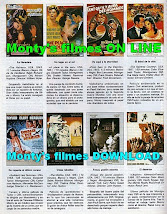














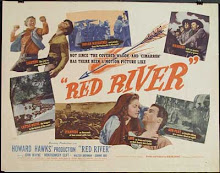
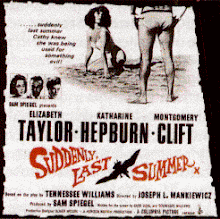




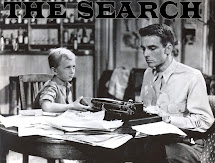

2.jpg)
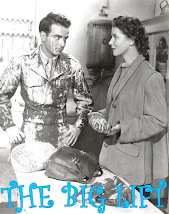.jpg)
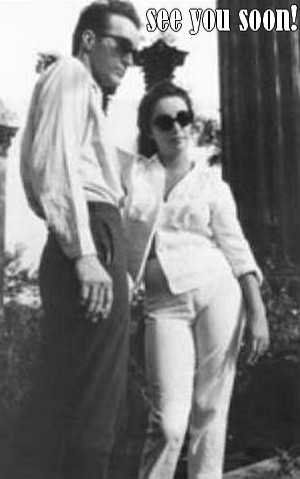

.jpg)

